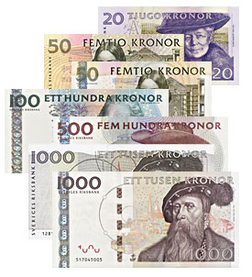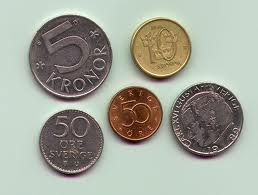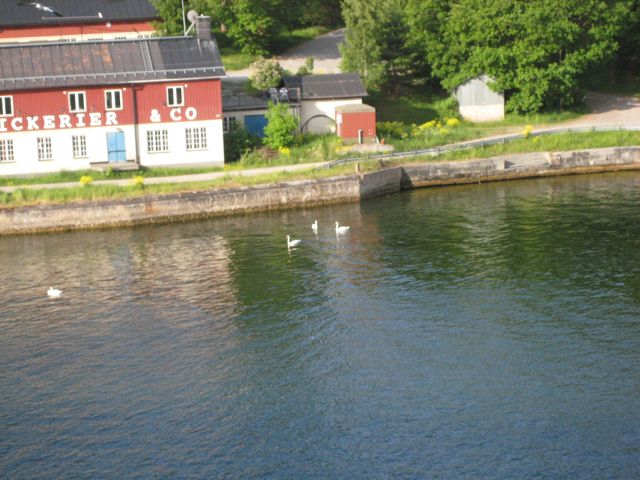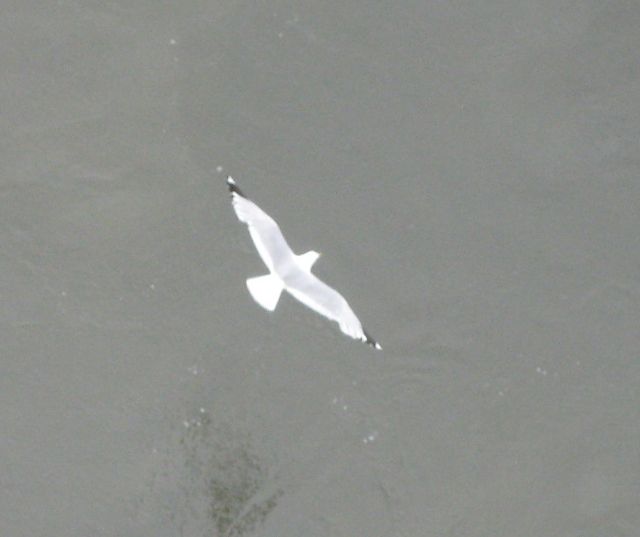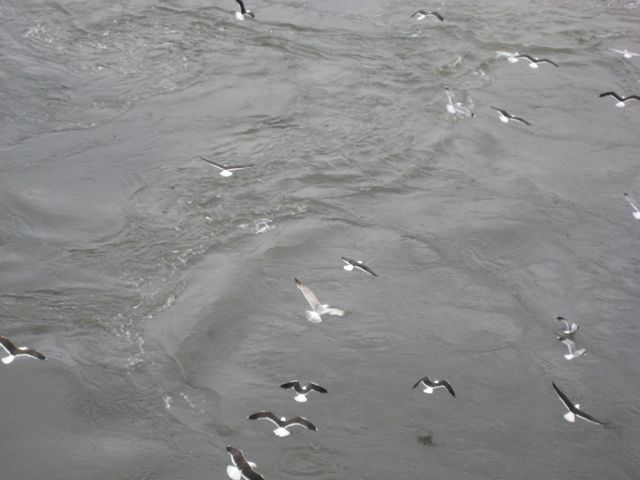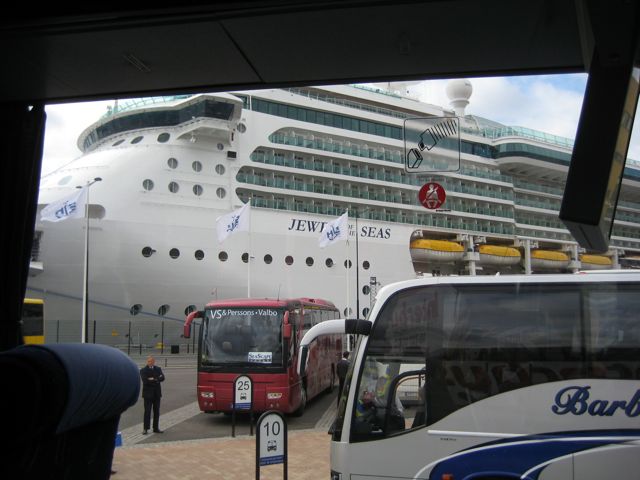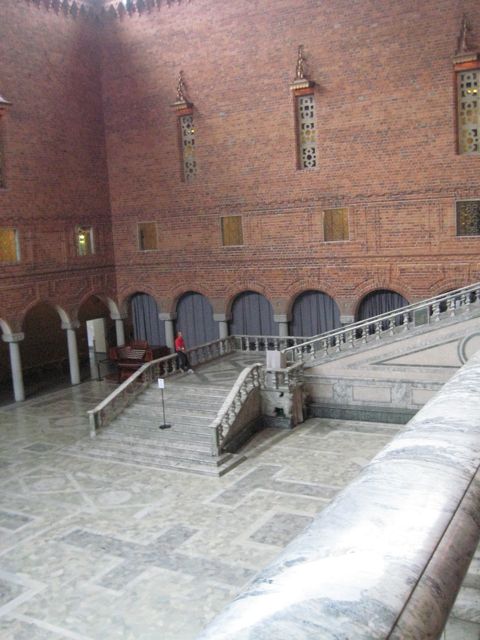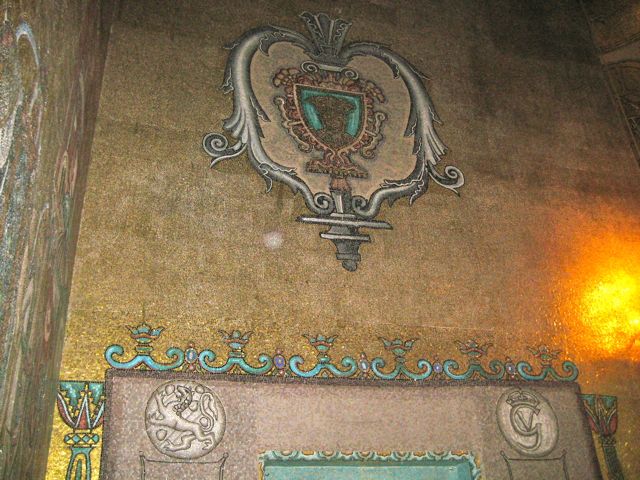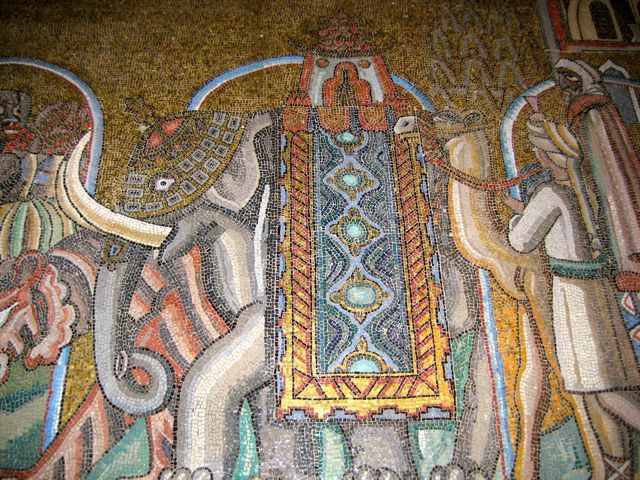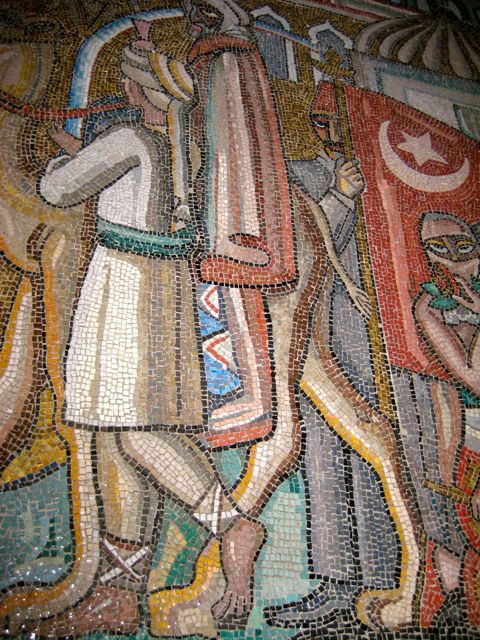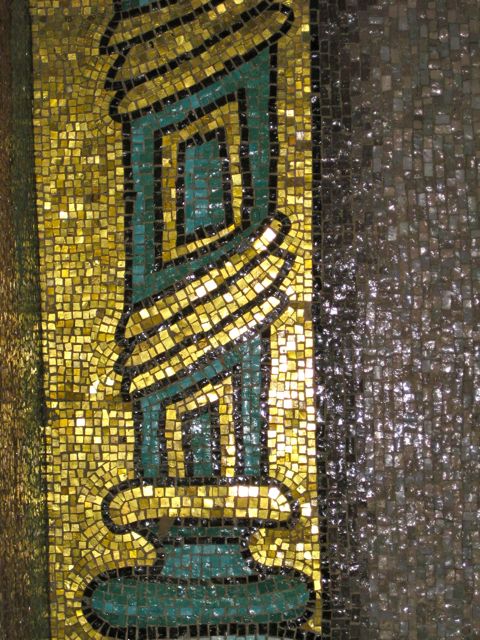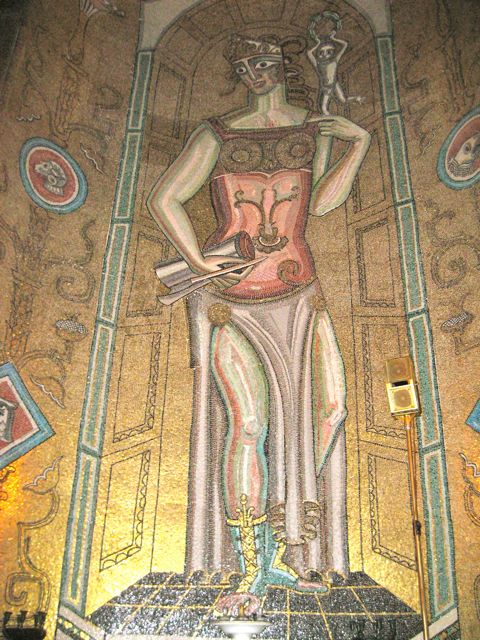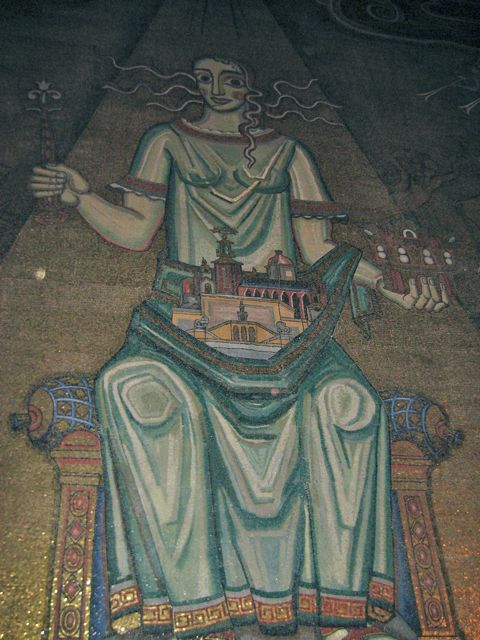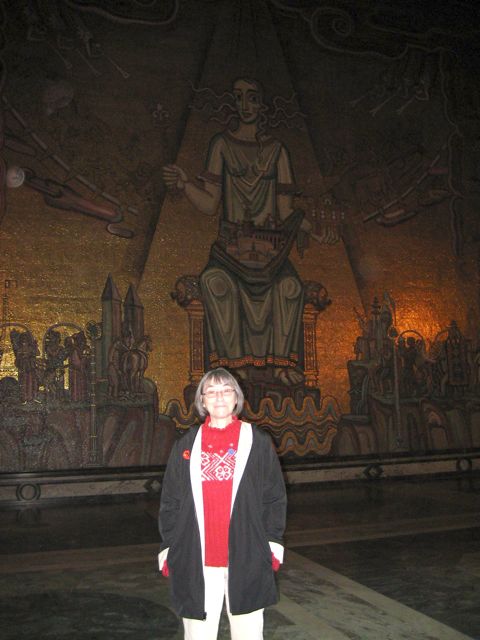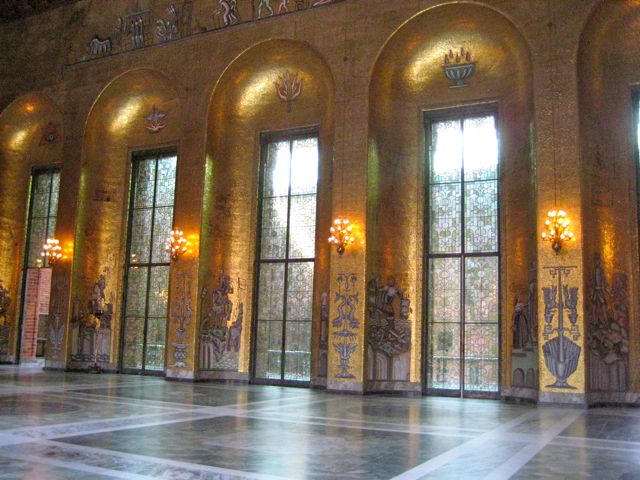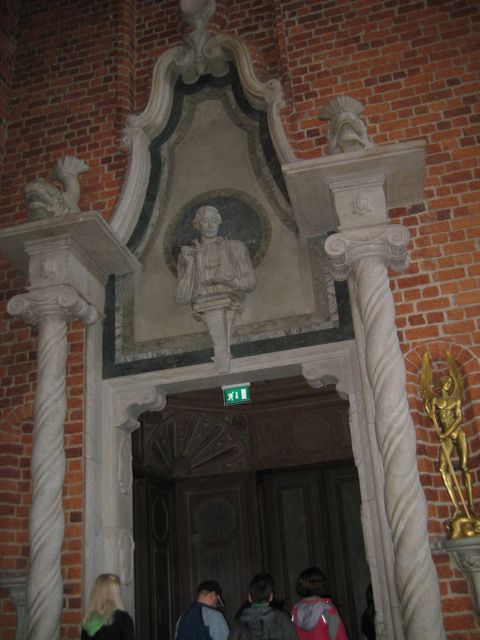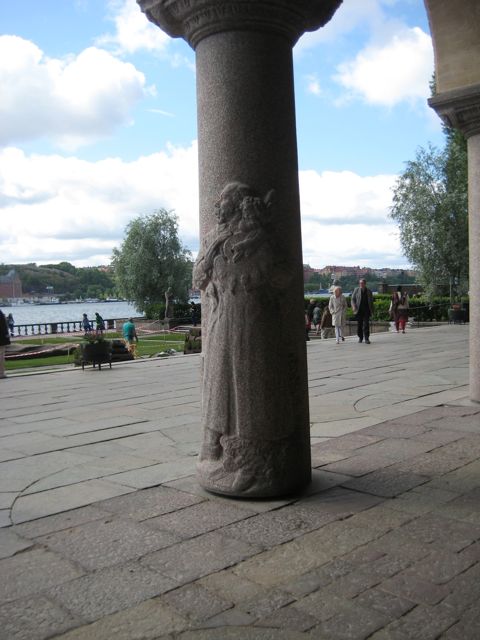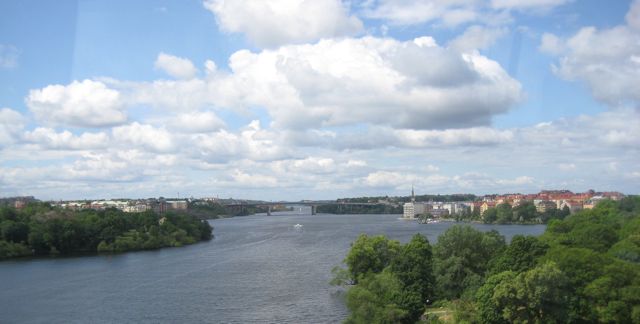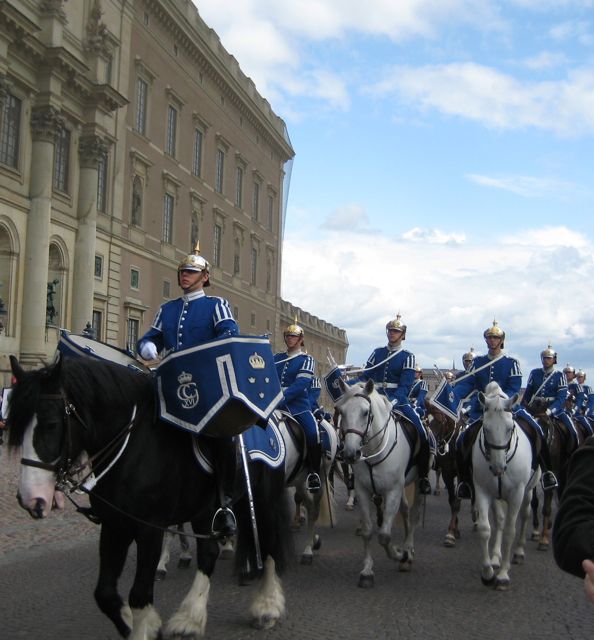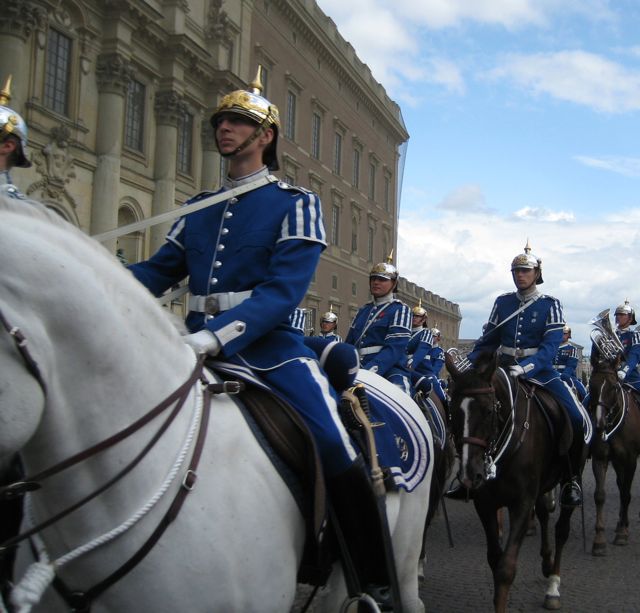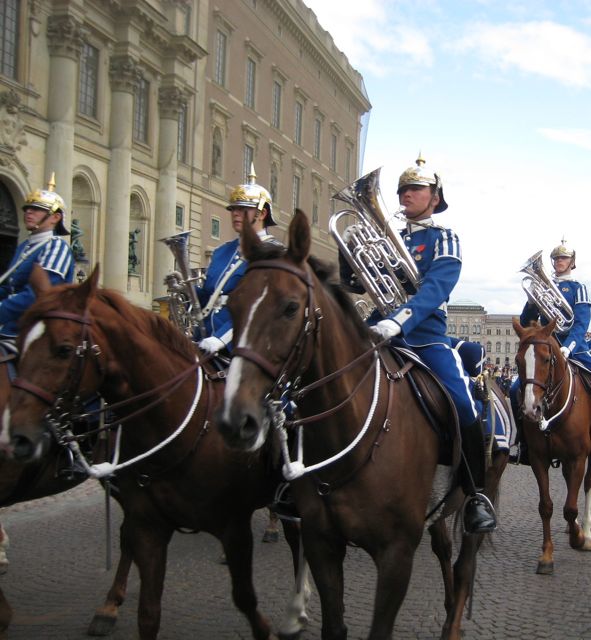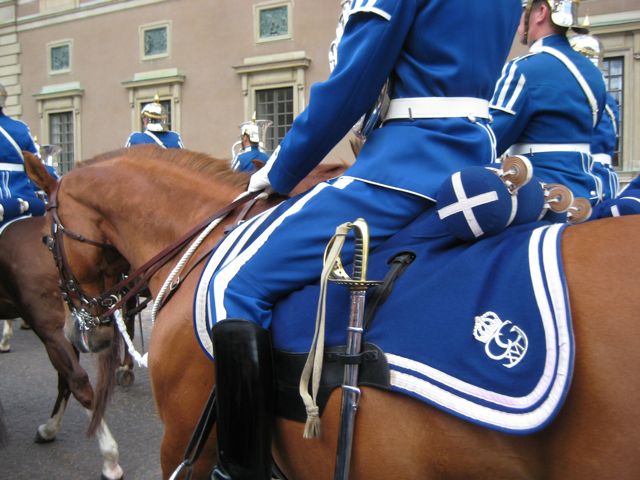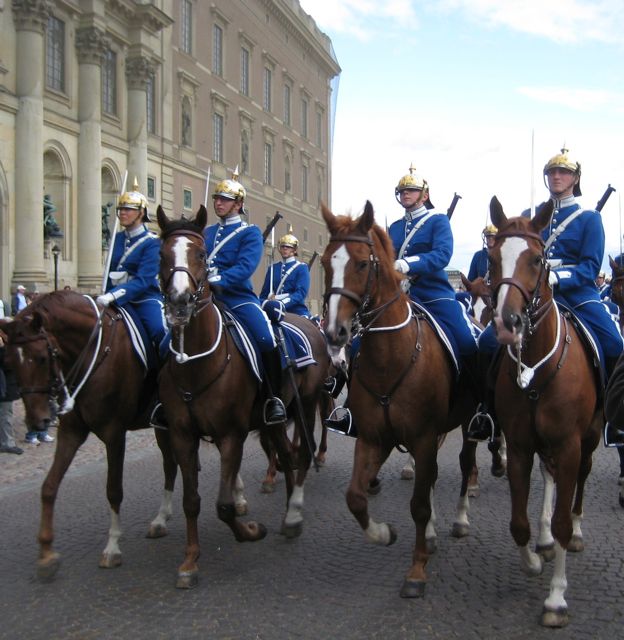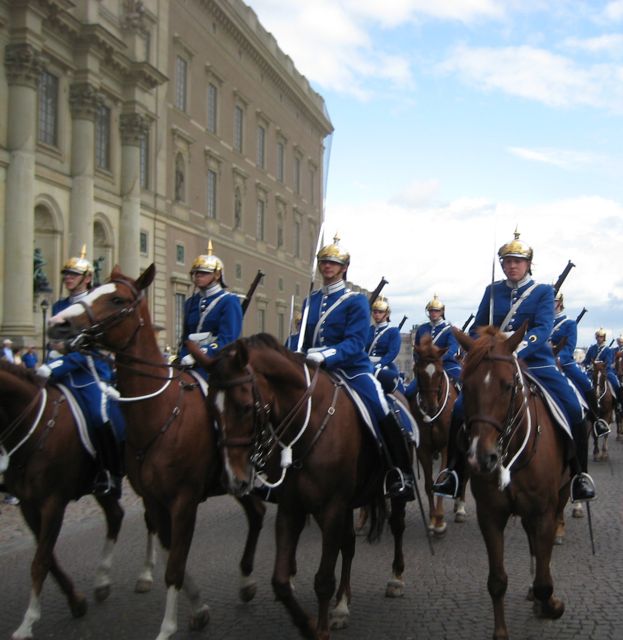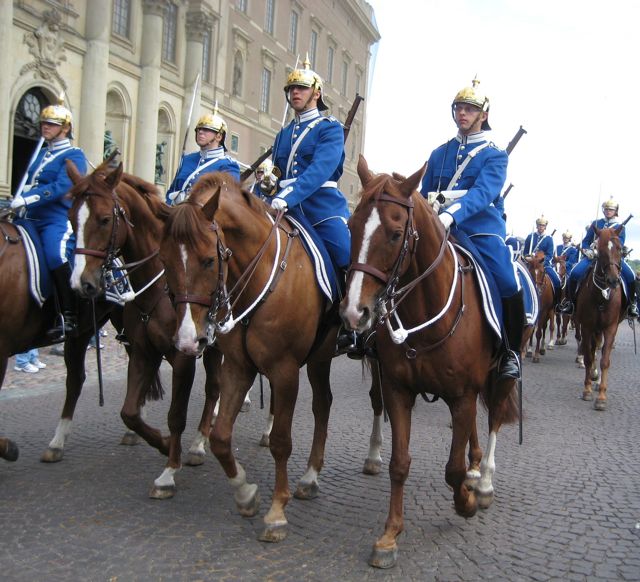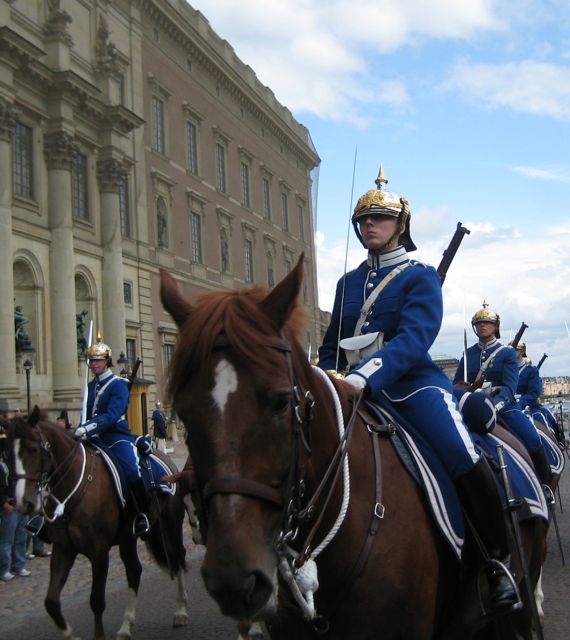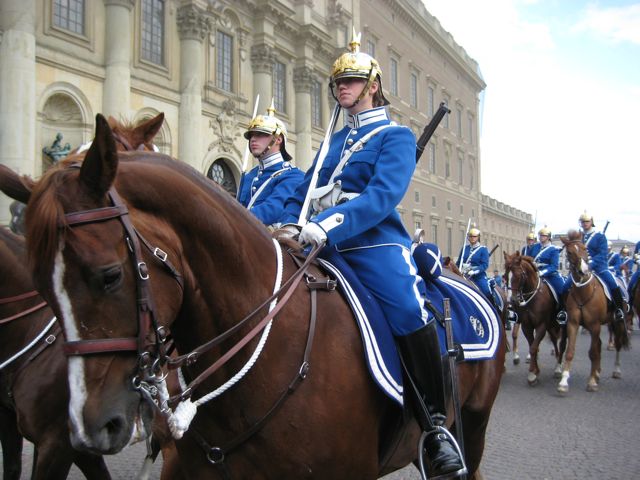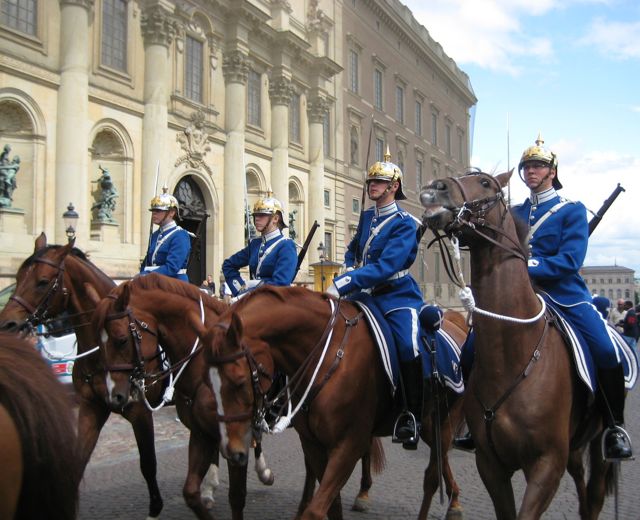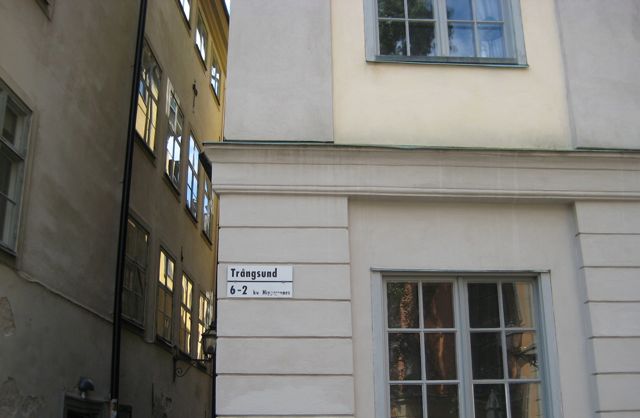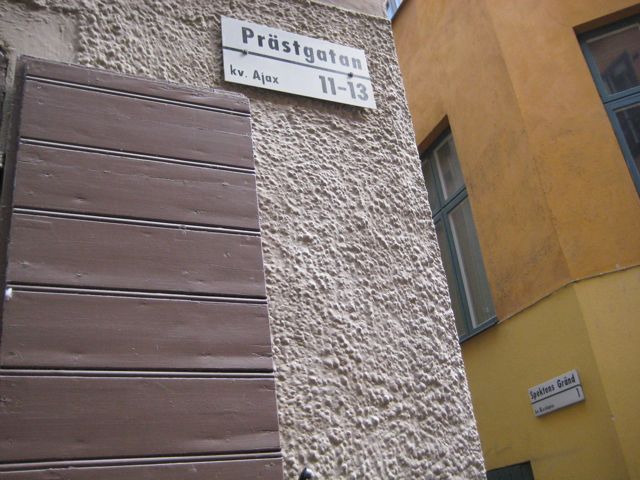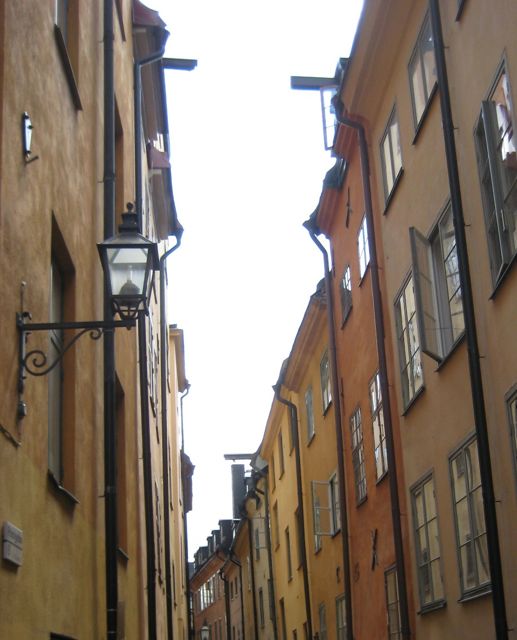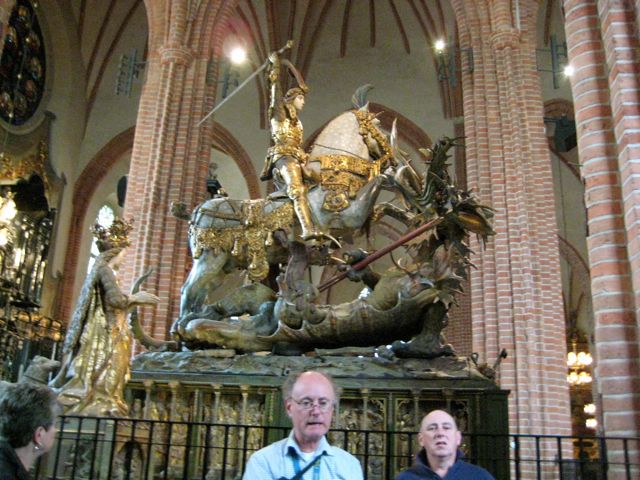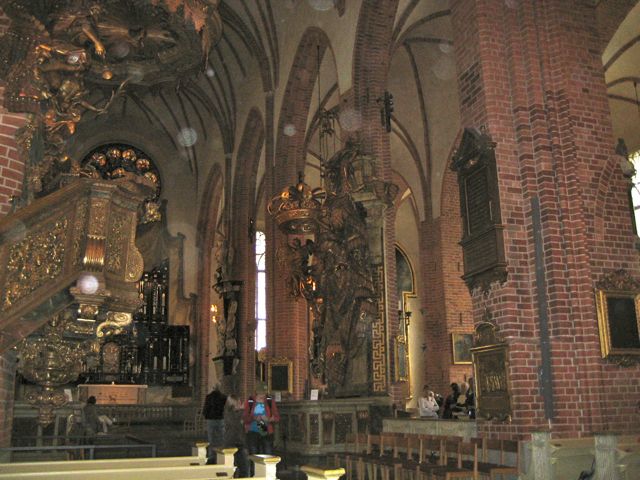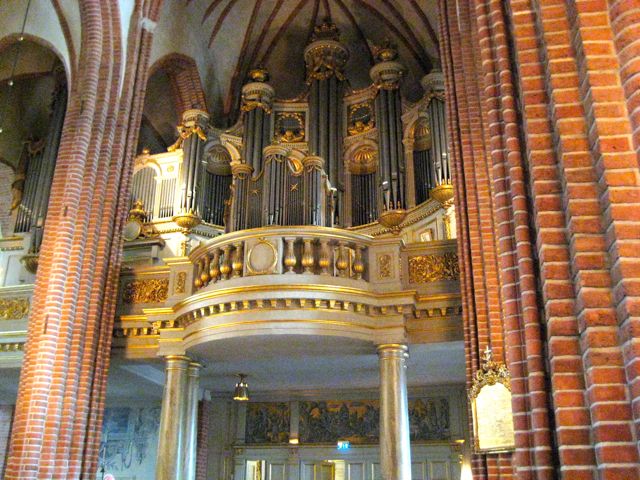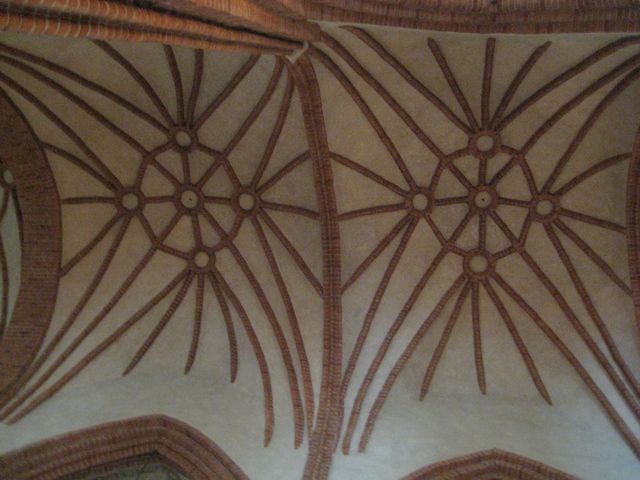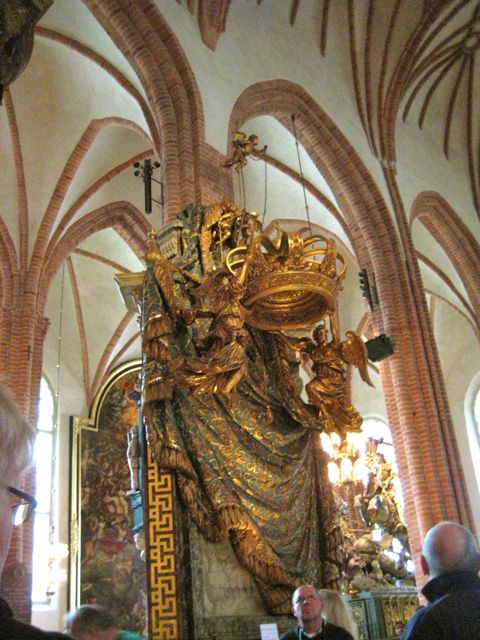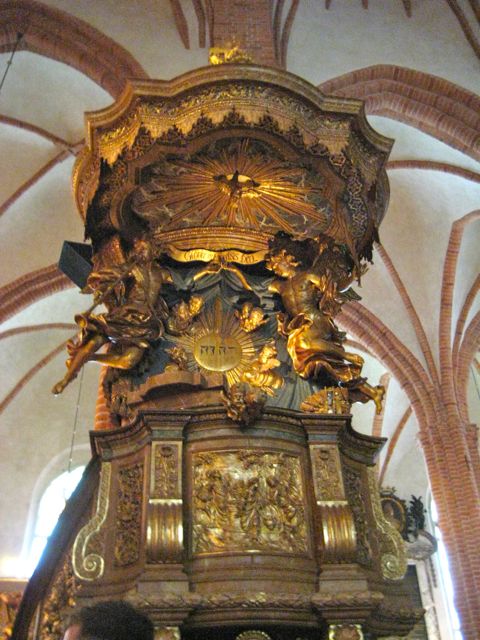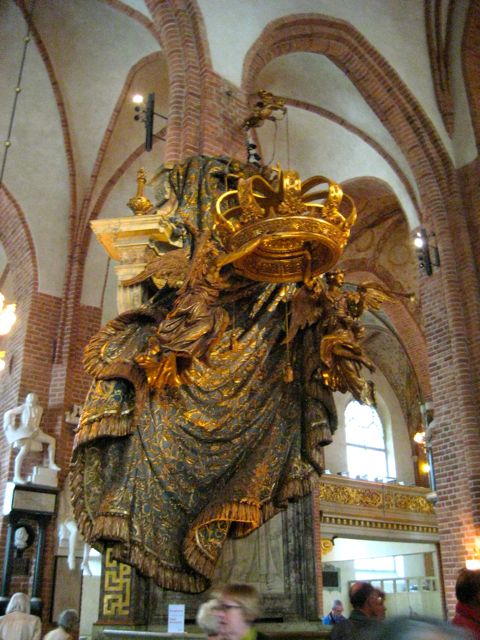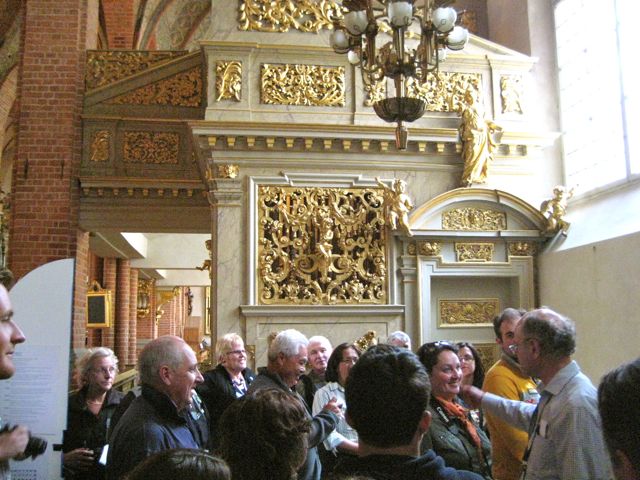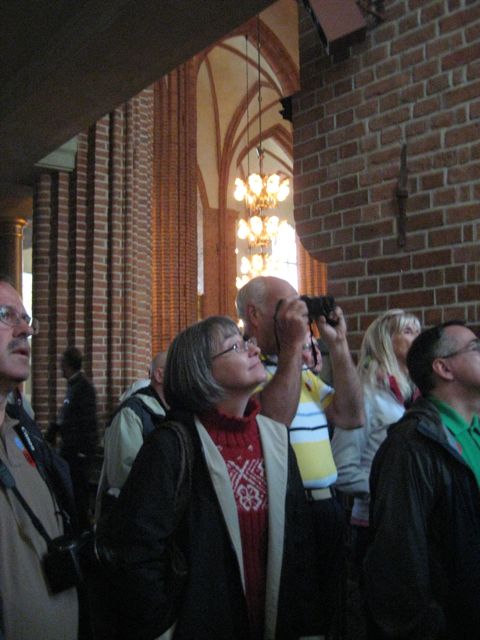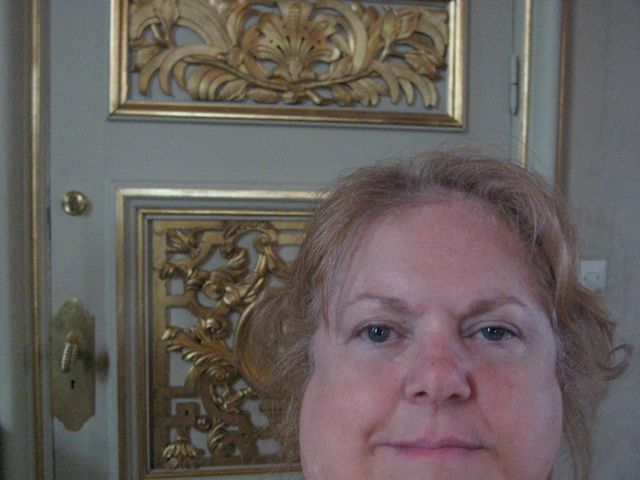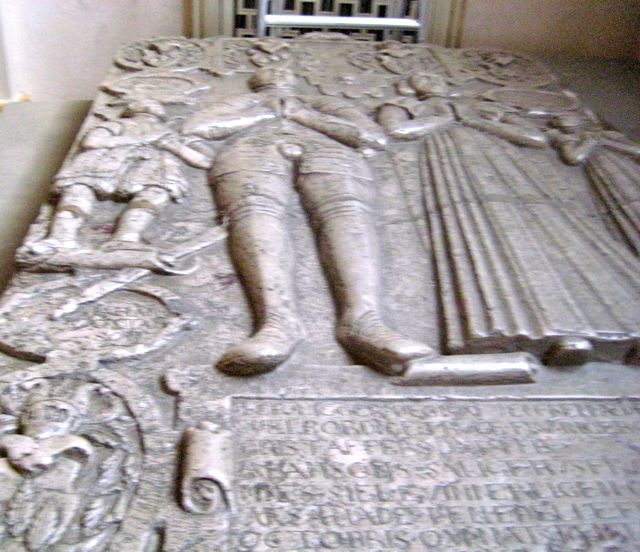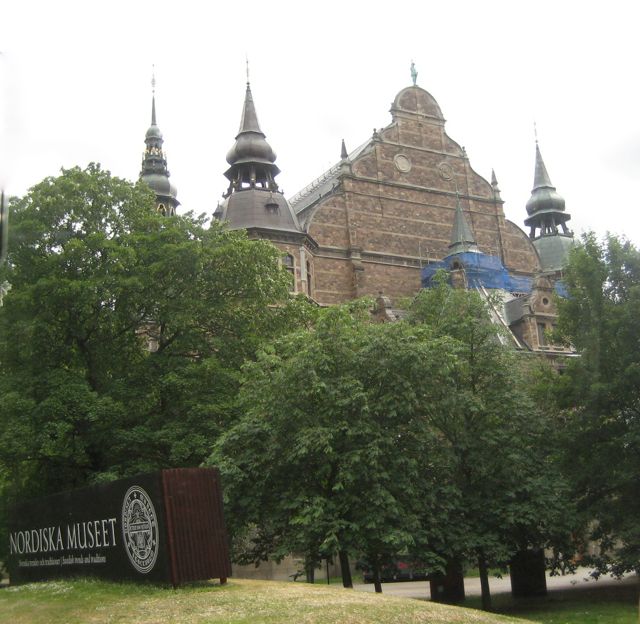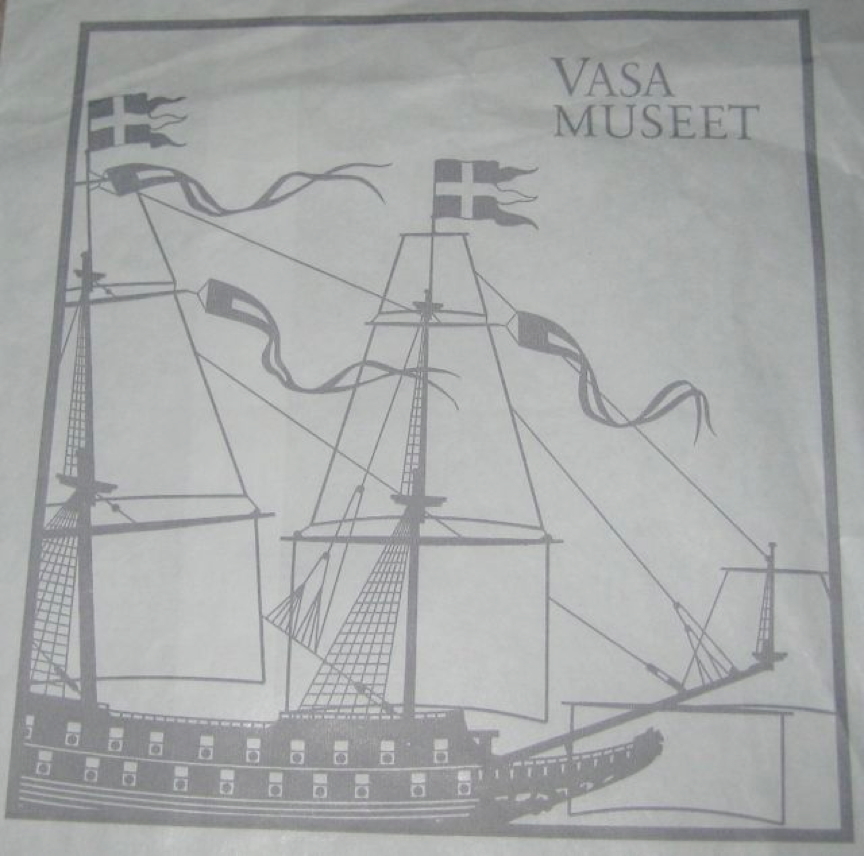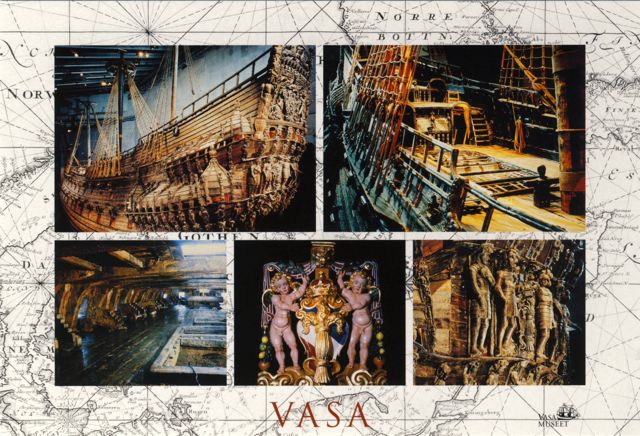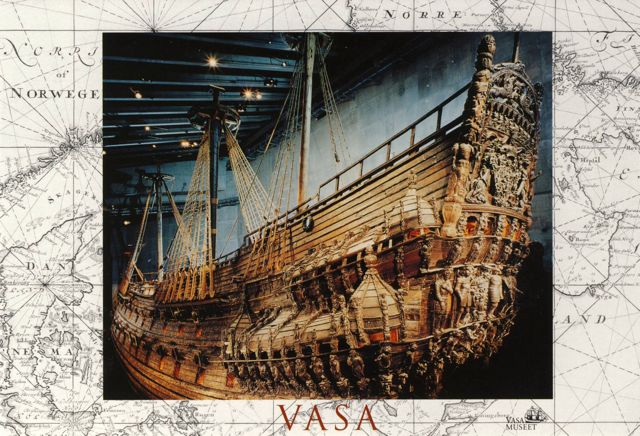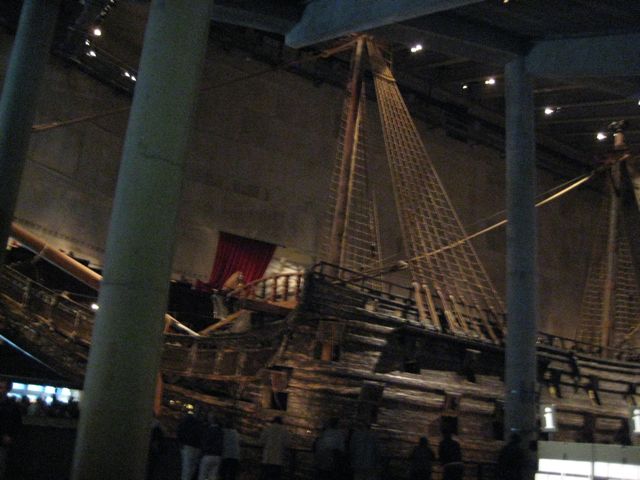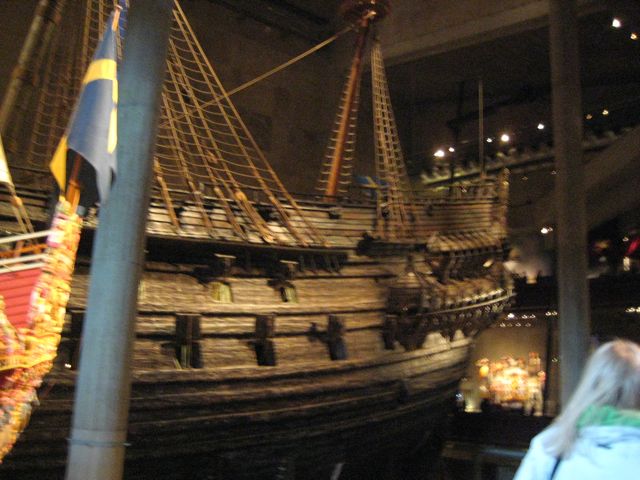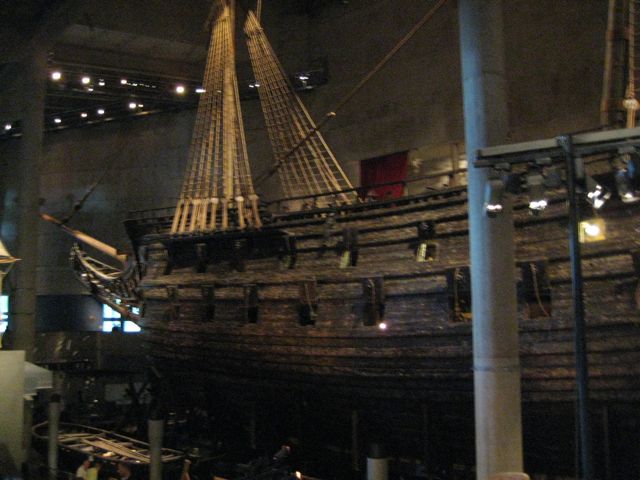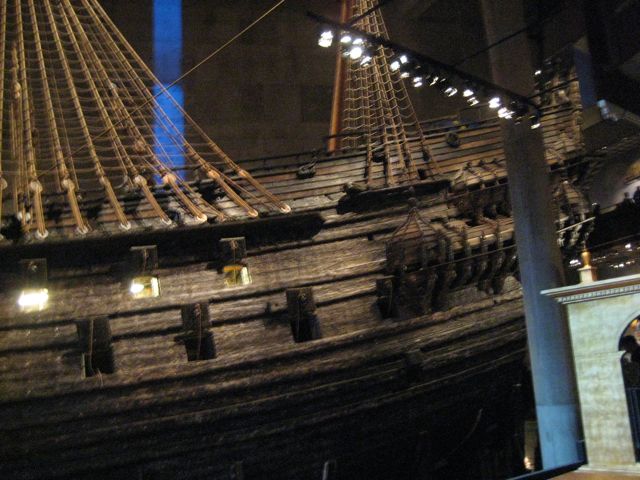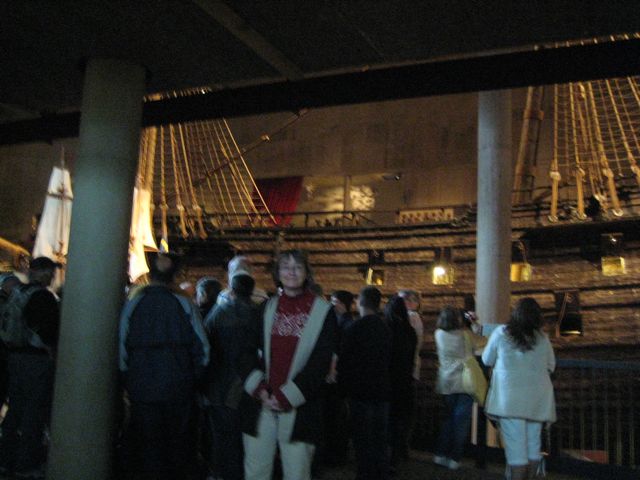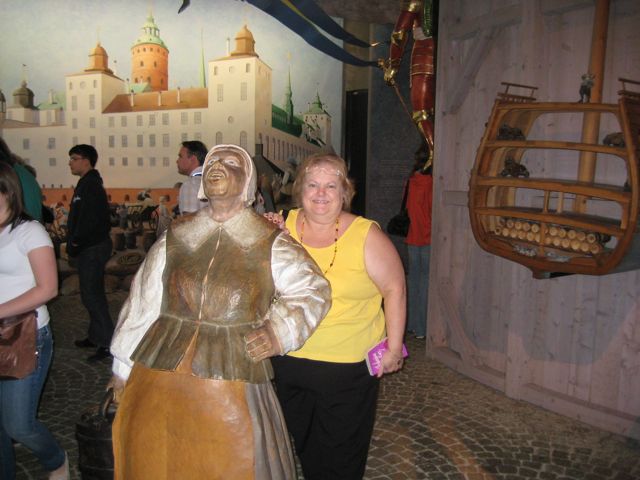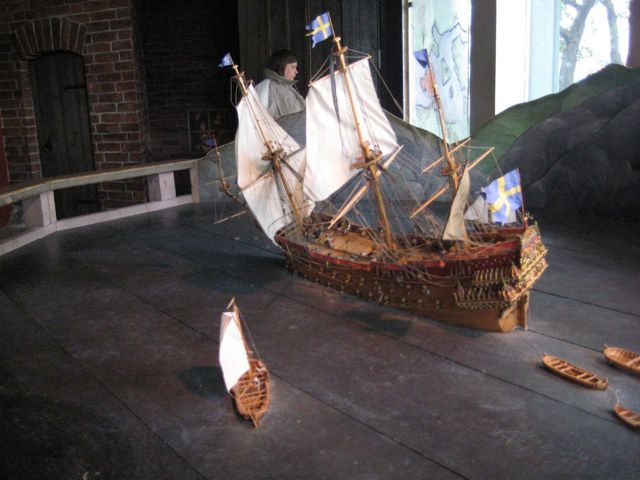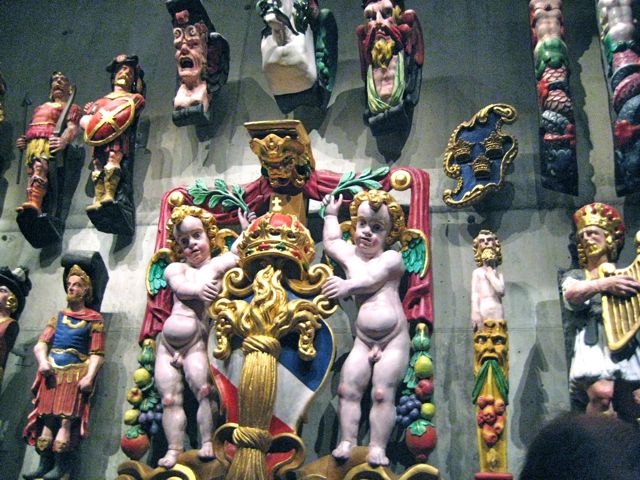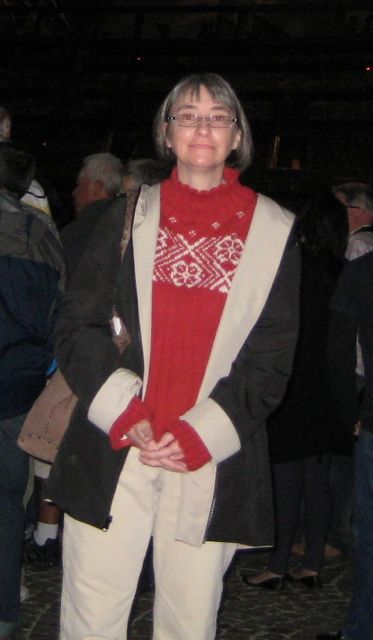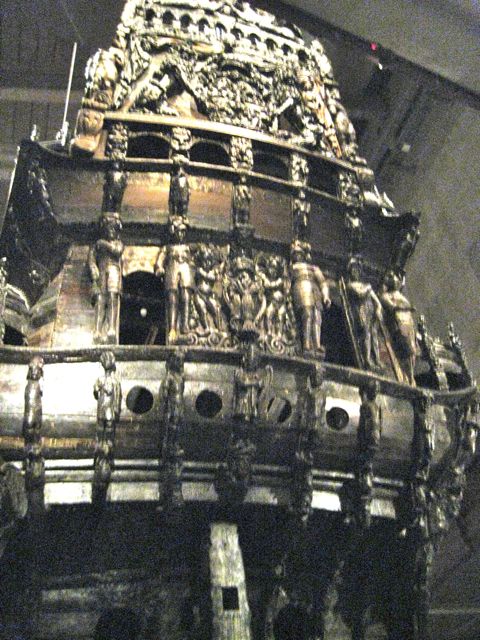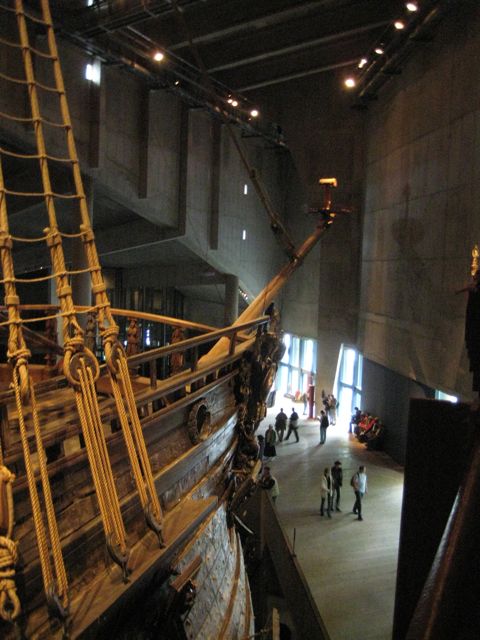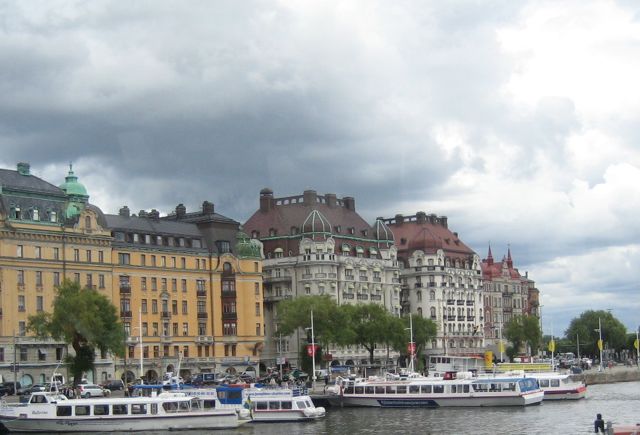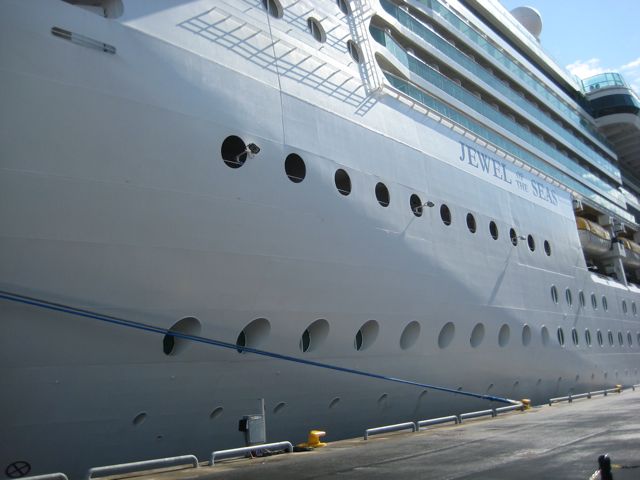Bonney's
|
12 Nights Scandinavia & Russia Cruise
|
| Pre-Cruise | Harwich, England | At Sea | Copenhagen, Denmark | At Sea | Stockholm, Sweden | Helsinki, Finland |
| St. Petersburg, Russia | Tallinn, Estonia | At Sea | Gothenburg, Sweden | At Sea | London, England | Post-Cruise |
|
I've added some background music to play as you read. If you don't like it, just click it off. Recondita Armonia |
||||||||||||||||||||||||||||||||||||||||||||||||||||||||||||||
| Click here to send me your comments | ||||||||||||||||||||||||||||||||||||||||||||||||||||||||||||||
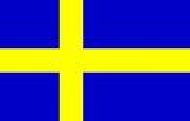
Another history lesson…. Situated where Lake Mälaren meets the Baltic Sea, Stockholm was founded as a fortress in the mid-13th century. The fortress grew into a town, spread to nearby islands, and the mainland eventually became the capital of Sweden. The Gamla Stan is the oldest part of Stockholm and a popular attraction. Its narrow cobblestone streets are lined with beautiful buildings dating from the 13th through the 18th centuries. Today they house boutiques, restaurants, cafés, and clubs. And for you drinkers…. Vodka is the drink most widely associated with Sweden, but the locals prefer Aquavit, a potato based liquor, served ice-cold and drunk as a shot. But, beware. It is very strong. So, here we are. New country, new currency. Everyone has such pretty money. I like the bills with lots of zeroes. It's still all like Monopoly money. And we didn't even get a chance to spend some at the last stop.
On the beautiful waterway approach into Stockholm, we saw some swans with yellow beaks. I looked them up after I got home and have declared them Mute Swans.
I was up and standing on the balcony when the ship docked in Copenhagen at 8:00 AM. As the ship neared the dock it did a 180-degree turn to back into the space at the pier. When doing so, the propellers stirred the shallow water, attracting a massive amount of happy seagulls.
Breakfast and coffee for Lesley. (Did I mention, she thought the coffee was really bad?) Gathered in the waiting area with our tour group. Assigned to bus number 8. Hiked out to the busses lined up in the parking lot. it's kind of a routine we got into.
Lesley and I had signed up for a six-and-a-half hour shore tour called "A Day in Stockholm," a tour that covered all the main sights and the whole city of Stockholm, highlighting the districts of Soedermalm, Gamla Stan, Norrmalm, Kungsholmen, Oestermalm and Djurgarden each with its own special character. If it wasn't bad enough in Denmark, my English translator, Lesley, was absolutely no help here pronouncing or reading anything in Swedish. But, our tour guide described everything in an English accent that was mostly recognizable. 
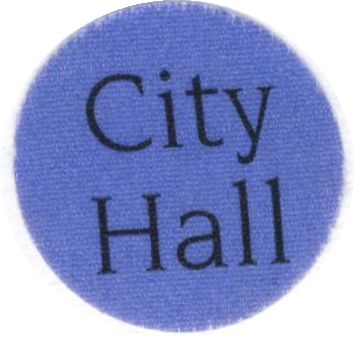
On tour number WS-14, A Day in Stockholm, we got excellent multiple, lengthy history lessons during the bus ride, and multiple times at each site, BUT I paid my $124.00 to discover the beauty and intricacies of the art and architecture rather than be constrained in history lessons. I hate history lessons. We also got small language lessons on what the street names meant. We did not get any free time to enjoy what we came to see and there was no souvenir shopping. Did I mention our guide was a part-time guide and a full time preacher?
This is the lower level of the City Hall building. Upstairs is a spectacular room.
These may not seem very impressive until you realize they are mosaics in a very large scale. I asked Lesley to stand in front of one to demonstrate the scale.
This room was filled with the mosaics.
Carvings were everywhere. There are only so many words available to express grandeur and stunning visions, so please forgive me as I repeat myself throughout this story.
I love it when I capture my own scenes worthy of a post card. We saw the changing of the guard.
I'd hate to be trying to play the French horn (is it?) at a gallop.
We wandered along the narrow, twisting alleys and cobblestone medieval streets with buildings dating from the 16th to the 19th centuries with baroque doorways and coats of arms. I could have done without this three-quarter mile hike. The hike ended in Old Town where we could either shop or eat lunch, but there wasn't much time for both. We opted for lunch since this was a six-and-a-half-hour tour. By the time we finished eating there was little time to explore and find souvenirs before we were to gather at the Cathedral.
The Cathedral is the city's oldest church, and the coronation site of most of Sweden's Kings. The exterior reveals little of the beauty of its late Gothic interior. It is home to one of the oldest and most known sculptures in Northern Europe, St. George and the Dragon, dating back to 1489 and symbolizing Sweden's struggles to break free of Denmark.
Our guide in the blue shirt talked and talked and talked, not allowing us time us explore on our own. I left the groups he gathered so I could take these photos.
Every place we went, we had to look up, too, to see the detailed designs.
Here's another 5-minute lecture.
This is another. I wandered off on my own, or there wouldn't be most of these photos. Notice the glazed, glassy-eyed look from too many history lessons.
There was another 10-minute lecture by this tomb and others. I escaped this one, too. Our time was up at the cathedral, so back into the bus we went as the guide lectured on. Next, we stopped at the Vasa museum.
Vasa was a fearsome war machine with 64 guns and a complete crew of about 450 men, of whom 300 were soldiers. Upon the launch, for the first few hundred meters, Vasa was warped along the waterfront with cables from the shore. The ship did not begin to sail until she reached what is now Slussen. Sailors climbed the rigging to set four of Vasa's ten sails. A salute was fired, and Vasa slowly began her maiden voyage. Once Vasa came out from under the lee of the Södermalm cliffs, the sails could catch the wind, but the ship was tender and heeled over to port, then heeled again, even farther. Water rushed in through the open gun ports and the ship's fate was decided. Vasa sank, after sailing barely 1300 meters.
The news of the sinking reached the Swedish king, who was in Prussia, after two weeks. The disaster had to be the result of "foolishness and incompetence," and the guilty must be punished, he wrote to the Royal Council in Stockholm. What exactly lay behind the loss could not be determined with certainty in the inquest held in the palace, but the ship's lack of stability was a fact: the underwater part of the hull was too small and the ballast insufficient in relation to the rig and cannon. The leaders of the inquest believed that the ship was well built but incorrectly proportioned. I try to buy postcards of the things I see, just in case something happens to my photographs.
After Vasa, many successful ships with two or even three gun decks were built, so something must have been learned from the disaster. The crew threw themselves into the water or clung to the rigging until rescued, but not all managed to save themselves. Eyewitnesses differ on the exact numbers, but perhaps 30 of approximately 150 people on board died in the loss.
At 9:03 AM on the 24th of April 1961, Vasa returned to the surface. A piece of the 17th century was suddenly back among us. After the ship was raised in 1961, the remains of at least 16 people were found.
Here's Lesley stuck at another lecture. I wandered off to find new company.
And look at a model of the ship without someone yapping all the time. We couldn't completely run off because sometimes we didn't know where our bus would be after seeing something.
Lesley is still at the lecture. Vasa ship was very interesting, and although it was relatively new in comparison, we never heard mention of the Vikings or anything we learned of the Scandinavian area in our early school years. It was surprising and disappointing because the Vikings contributed a lot to exploration of the North Atlantic. With all that talking, you'd think it would have been mentioned. With the Vasa Museum behind us, it was back to the bus with a few more photo ops on the ride back to our ship.
At last we were on our way again, and I managed to capture another postcard moment. More than six hours since we left our ship and no souvenirs had been purchased before we returned to our Jewel of the Seas.
Thank goodness for another casual dinner. Getting dressed up after this long day would have been too much. I might have had to miss dinner. No. That rarely ever happens. It was fun to talk about our day with our dinner companions. Rose and Bob told about almost missing the stop at the Ice Bar, the main attraction on their tour. I may have mentioned our incessantly talking preacher guide to them. This evening was our second time change, one hour forward. It's a good thing I never got my sleep schedule on track. |
| Pre-Cruise | Harwich, England | At Sea | Copenhagen, Denmark | At Sea | Stockholm, Sweden | Helsinki, Finland |
| St. Petersburg, Russia | Tallinn, Estonia | At Sea | Gothenburg, Sweden | At Sea | London, England | Post-Cruise |
Copyright © 2000-2011, Design by Escape Press
